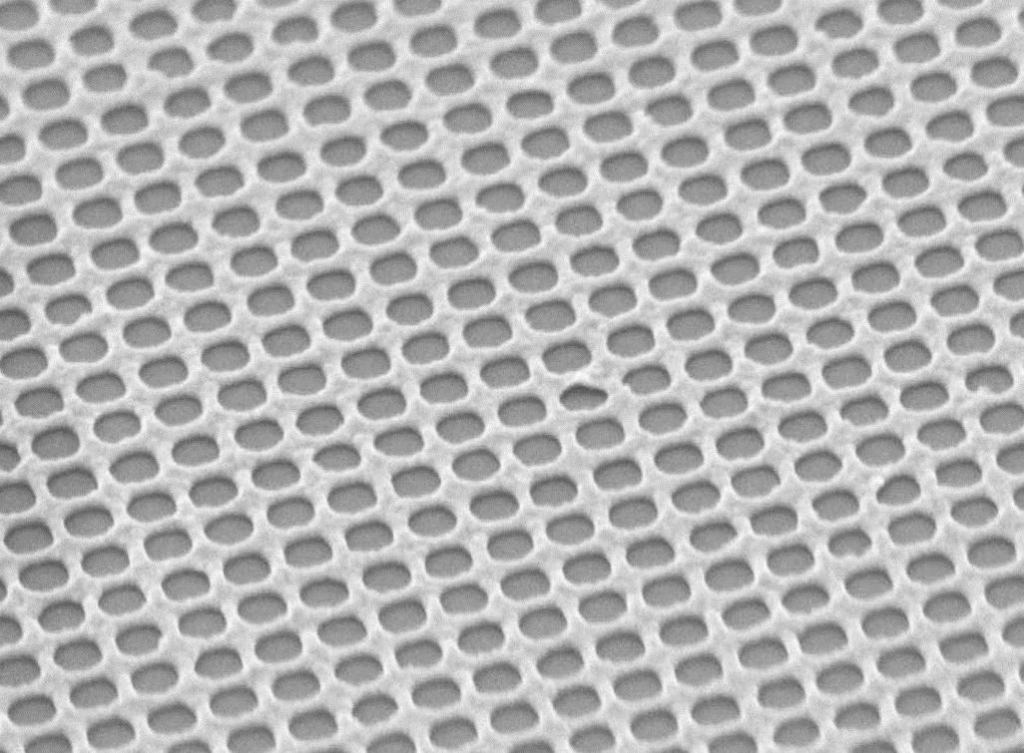As the threat of more expensive fossil fuels looms, scientists have focused with increased intensity on solar cell efficiency, or the portion of energy that is converted into electricity from the sunlight that falls on a cell. According to the National Renewable Energy Laboratory, the most advanced single-crystalline silicon photovoltaics have an efficiency of about 25 percent. A new composite devised by researchers at Princeton University promises to raise this threshold significantly.
The new sandwich of nanostructured metal and plastic acts as a light trap, which serves two purposes. First, the subwavelength plasmonic cavity, as it is called, is capable of retaining far more incident solar radiation than conventional photovoltaics. Second, the material greatly increases the efficiency of electricity conversion. As a result, the composite performs 52 percent better than conventional inorganic solar cells, according to the scientists.
What is more, the new technology is even better at harnessing indirect, diffuse light from low sun angles or during cloudy days—a typical challenge for standard photovoltaic technologies. In the case of indirect exposure, the composite represents an 175 increase in efficiency over its commercially available counterparts. The new material is made from layers of perforated gold nanomesh, titanium, and aluminum—in addition to transparent and semi-conductive plastic.
The dense spacing of the perforations in the gold are tighter than the wavelength of collected light, which is critical to the efficiency of the material. “It is like a black hole for light,” said Stephen Chou, an electrical engineer leading the project. “It traps it.” In the future, the researchers plan to manufacture the material in wallpaper-size sheets, using a process Chou developed called nanoimprint technology.
Blaine Brownell is a regularly featured columnist whose stories appear on this website each week. His views and conclusions are not necessarily those of ARCHITECT magazine nor of the American Institute of Architects.
